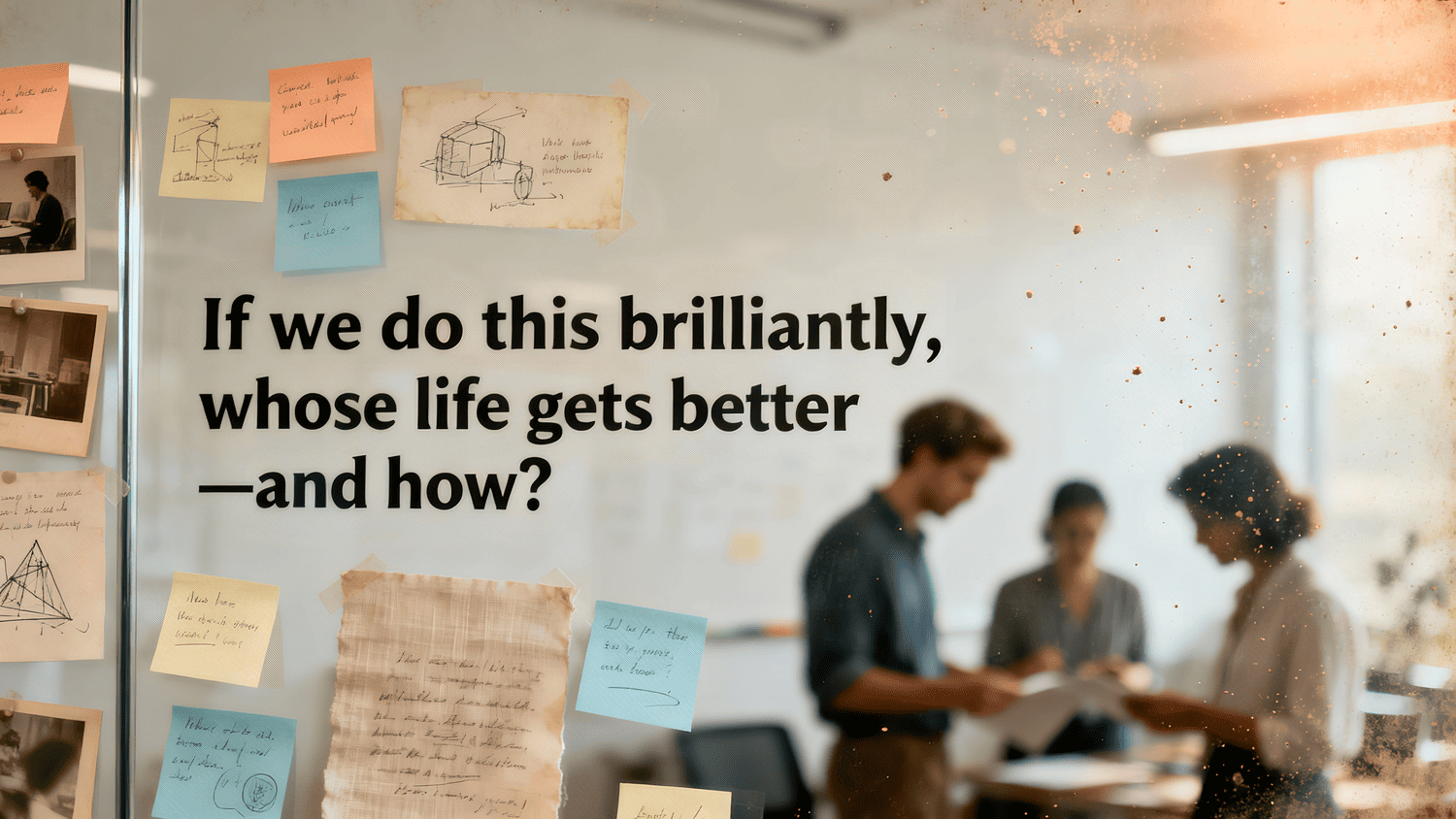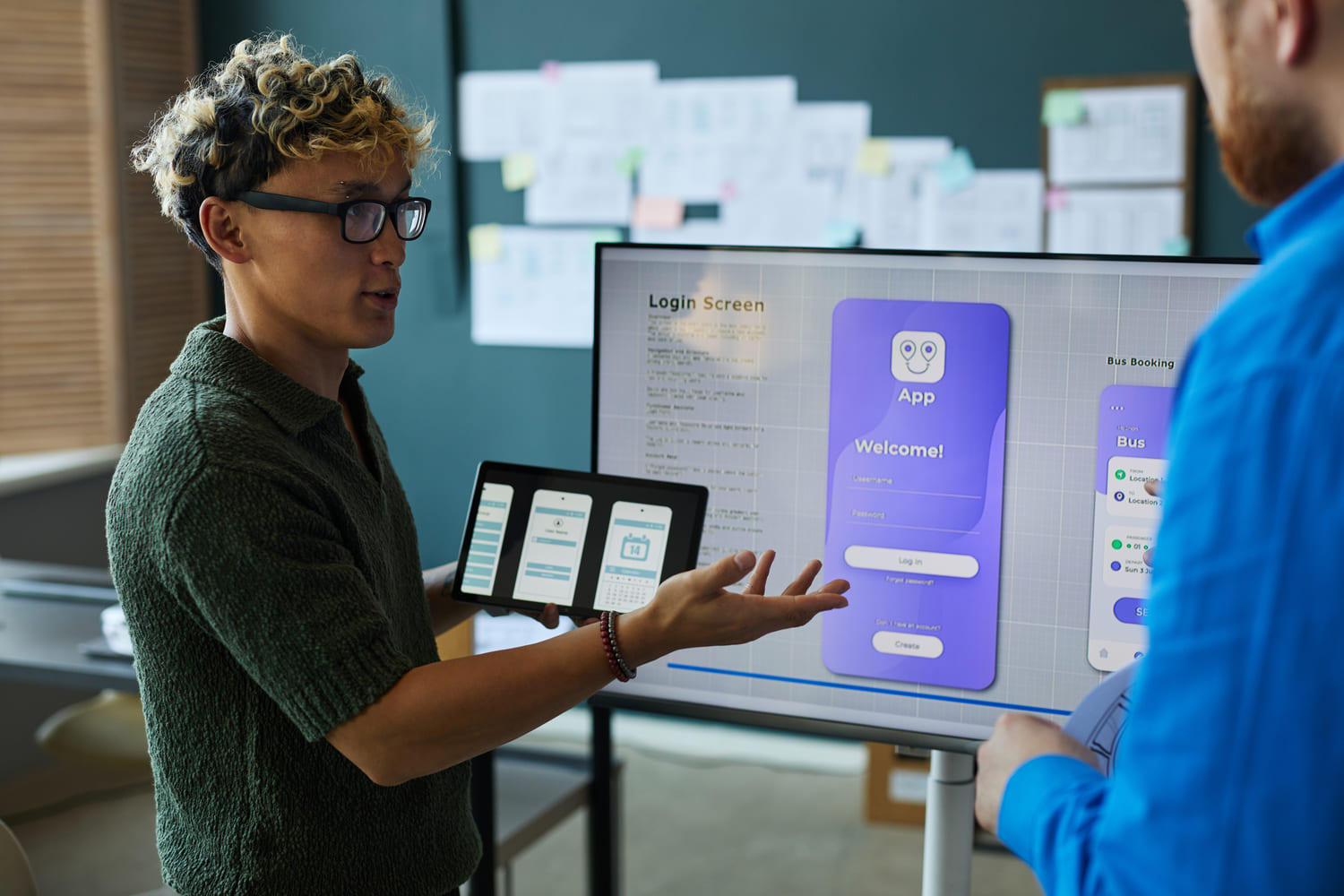A few weeks ago, our colleague took her daughter to an inflatable floating slide park in Sentosa. What looked fun from the shore turned sour quickly: the park was moldy, poorly maintained, and by the end of the session, her daughter's legs were covered in scratches.
When our colleague reported this at the front desk, the response was short and cold:
"If you're not happy, you can leave."
No apology. No escalation. No attempt to fix things. She was stunned.
This story isn't rare. Too often, service recovery breaks down at the very moment empathy is needed most. Yet here's what's fascinating: in 2025, we're seeing AI consistently demonstrate the kind of responsiveness and care that should be standard in human interactions.
When our colleague reported this at the front desk, the response was short and cold:
"If you're not happy, you can leave."
No apology. No escalation. No attempt to fix things. She was stunned.
This story isn't rare. Too often, service recovery breaks down at the very moment empathy is needed most. Yet here's what's fascinating: in 2025, we're seeing AI consistently demonstrate the kind of responsiveness and care that should be standard in human interactions.
If you're not happy, you can leave.
From Nielsen's UX Tigers to Adaptive Experiences
Jakob Nielsen's recent "UX Tigers" work argues that AI represents a fundamental design shift. Rather than forcing everyone through rigid, one-size-fits-all flows, interfaces can now be generated in real time and tuned to the individual. This approach makes experiences adaptive, context-aware, and genuinely human-centered.
The interesting paradox: while human service sometimes falls short on empathy, AI is increasingly trained to get it right.
The interesting paradox: while human service sometimes falls short on empathy, AI is increasingly trained to get it right.
Real-World Examples of AI-Enhanced Service
Personalization at Scale: Netflix & Spotify
Netflix's AI-driven recommendation engine accounts for 80% of viewing choices. Spotify's "Discover Weekly" playlists, powered by machine learning, maintain high engagement by adapting to each user's taste. Both exemplify Nielsen's concept of Generative UI: experiences that shape themselves around individuals rather than constraining them to static menus.
Service Recovery with AI Copilots: Verizon & Contact Centers
Verizon integrated AI copilots into its support teams, predicting roughly 80% of call reasons and enabling faster routing. Agents equipped with AI resolved cases more efficiently, reducing average handling times while maintaining more consistent tone. A Stanford/MIT field study found customer support agents using AI resolved 14% more issues per hour, with notable improvements in empathy scores.
Daily Interactions: ChatGPT's Supportive Approach
When you interact with ChatGPT, you experience something distinctive: it's consistently supportive, positive, and helpful. There's no defensiveness, no frustration, no bad days. This isn't just programming, it's a deliberate design choice to model the kind of interaction people deserve. Whether you're troubleshooting a problem, exploring an idea, or simply asking questions, the response is constructive and encouraging.
Empathetic Tone Coaching: IBM Watson in Call Centers
IBM deployed AI tone analysis that guides agents toward empathetic phrasing in real time. Instead of defensive responses, the AI suggests restorative alternatives: "I'm sorry this happened—let's make it right." Case studies reported approximately 15% increases in customer satisfaction when these tools were implemented.
Accessibility Made Invisible: Microsoft & Adaptive Interfaces
Microsoft has been developing AI-driven accessibility features that adjust text size, complexity, and layout dynamically—without requiring users to navigate complex settings. Instead of bolted-on accommodations, AI creates interfaces that respond instantly to user needs, embodying Nielsen's vision of frictionless, inclusive design.
What the Front Desk Should Have Done?
Empathy first: "I'm so sorry your daughter was hurt. Is she okay?"
Action second: "Let me log this incident immediately, and we'll close that section until it's safe."
Options offered: "We can process a full refund, rebook your session, or credit your account—whatever works best for you."
Follow-through: "Here's your case ID; you'll receive an update within 24 hours."
Behind the scenes, AI could auto-generate the incident report with location and time tags, suggest empathetic phrasing in real time, route maintenance alerts instantly, and trigger a personalized follow-up message. In other words: recover the experience rather than dismiss it.
The Path Forward
Our colleague didn't expect perfection; accidents happen. What troubled her was the absence of care. That's precisely the gap AI is beginning to fill: not by replacing human judgment, but by scaffolding service interactions with better language, faster actions, and adaptive responses.
This is where UXers demonstrate their power. AI is accomplishing what rigid systems and insufficient training cannot—creating experiences that feel personal, empathetic, and genuinely responsive to individual needs.
The opportunity ahead is remarkable. As AI continues to evolve, we're not just building smarter systems—we're establishing new benchmarks for how service should feel. When AI consistently demonstrates patience, empathy, and problem-solving focus, it raises an important question: why shouldn't we expect the same from every human interaction?
The future of service isn't about choosing between human and AI. It's about humans empowered by AI to be their best selves—more attentive, more empathetic, more effective. That's not replacing humanity; that's amplifying it.



